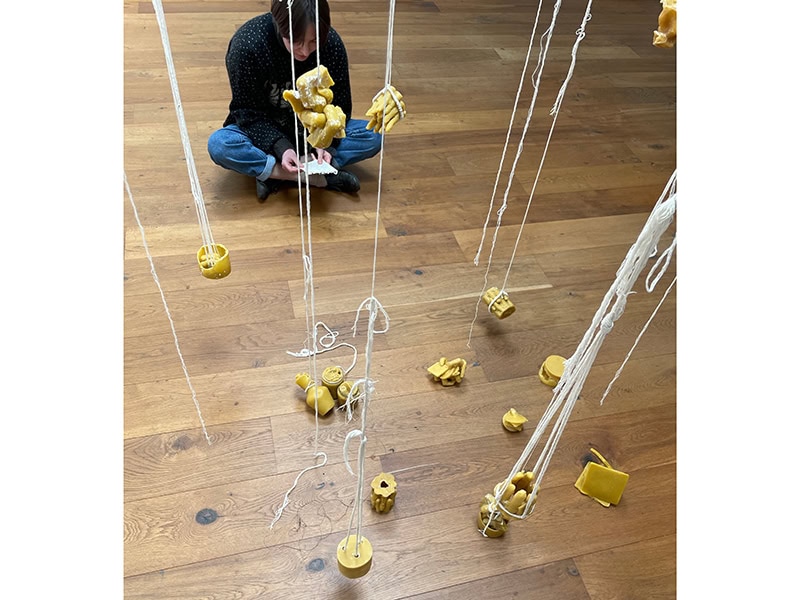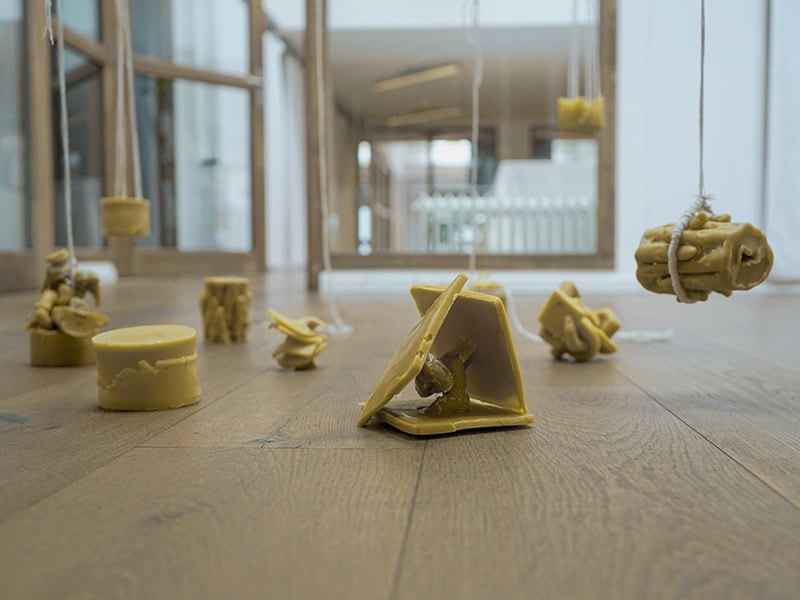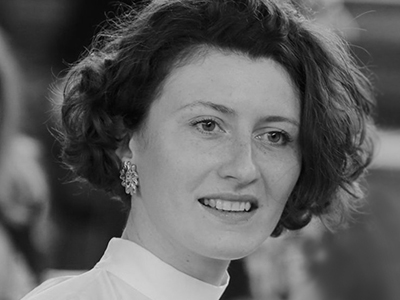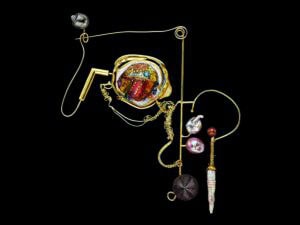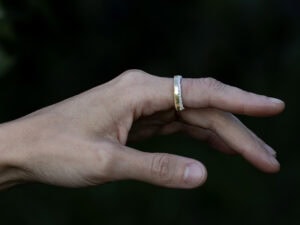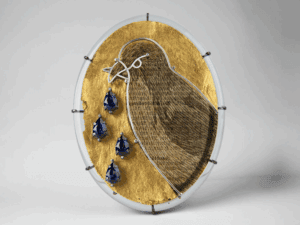- Thoughts, memories, and explanations from the educational program’s primary board members—the founders Ted Noten, Liesbeth den Besten, Ruudt Peters, Gijs Bakker, and Leo Versteijlen—and some of its alumni
- How education was structured
- MASieraad’s plans for the near future
Writing an article about MASieraad turned into three months of conversations with alumni and the founders of MASieraad. I felt like a sort of visiting student who briefly peeked into the heart of this program, which the founders call “not another MA program.” “It’s more a platform where things can happen. We don’t have a fixed approach to what jewelry should be, but rather to what it can be,” says Leo Versteijlen, emphasizing MASieraad’s freedom and its limitless nature. It’s not just an educational program. It’s like a living organism, and as such it undergoes metamorphoses.
A jewelry sect?
Almost! This master’s program was obsessed with reforms in jewelry education. It emerged in 2021, after seven years of discussions by its founders on the need to refresh the jewelry world. “I thought maybe [we’d] make the jewelry field deeper and less superficial than it is,” says Gijs Bakker. “Good craft doesn’t make good art.”
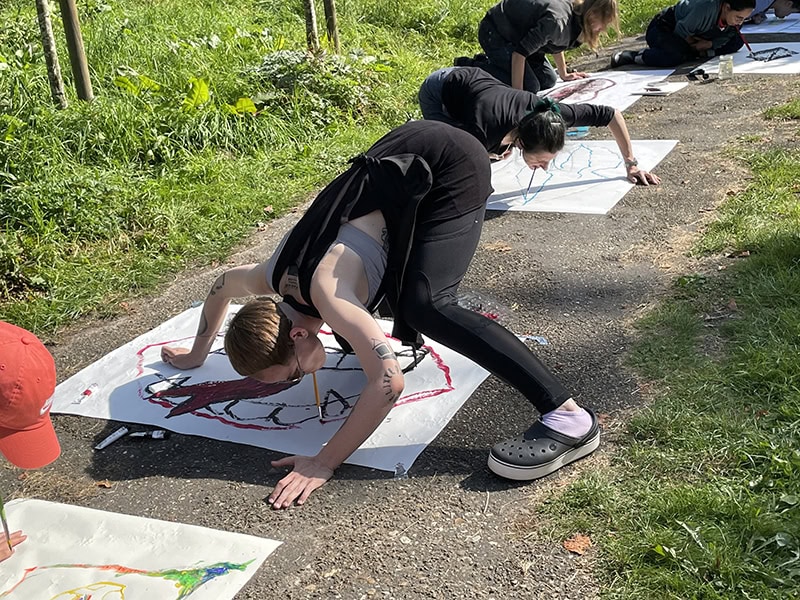
It’s quite rare for master’s programs to offer students such close contact with some of the leading stars in the field, providing knowledge firsthand from industry legends. Ted Noten says that MASieraad gave him a push to finally share his secrets, thoughts, and tricks. A glimpse of them can be found in the alumnus Into Niilo’s final thesis project—which took the form of a graphic novel! It’s based on Niilo’s talks with their instructors about “fuck-ups” and what that term means to MASieraad’s founders. Here are a couple of Noten’s ideas from that fascinating conversation. I’ve never come across these reflections before.
- “I find failures very moralistic.”
- “Success is time-related. Mainly not about making money, but making things that give me energy for making more things.”
- “Everything that you do can never compete with what’s [in] your mind.”
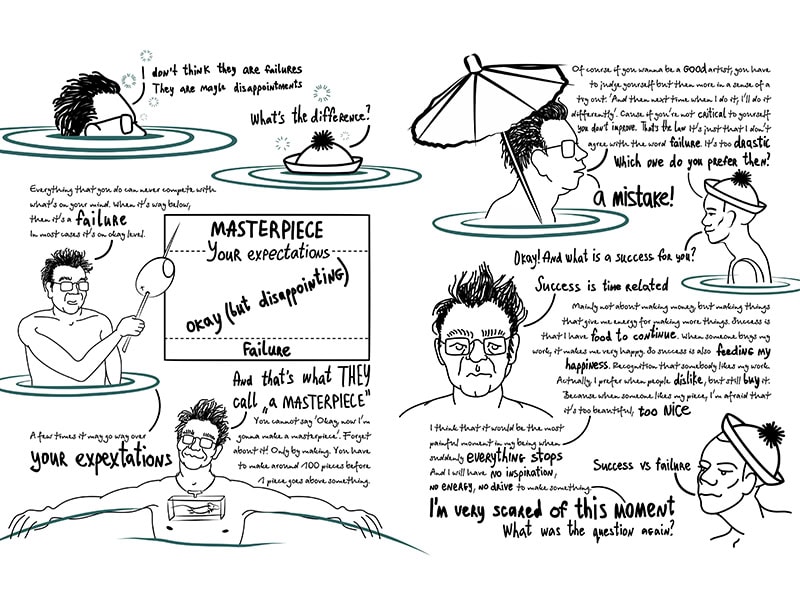
Page from MASieraad alumnus Into Niilo’s graphic novel thesis, Fuck Ups: Failure as a Way Towards Creativity, 2022
The pedagogy, as you might expect, was not the expected. Noten gave students an assignment to dig a hole one cubic meter in size. Students had to place some jewelry pieces they had made in it, like a time capsule, a message for future generations. (By the way, it’s still there.) One alumna, Laila Marie Costa, said that this workshop, which took place at the very beginning of her studies, felt somewhat ritualistic to her—like a farewell to an old way of seeing things, “to bury[ing] our darlings”—as it marked the start of studying jewelry from a completely new perspective.
This activity took place on the grounds of Ruudt Peters’s studio, in Ravenstein, Netherlands. Niilo, who now assists Noten, recalls the experience: “I was very skeptical about it! The cold, autumn in the Netherlands … At some point, we actually stumbled upon pipes and thought we had ruined Ruudt’s plumbing!” In revenge, the students buried a statue they happened across at Peters’s place. He wasn’t there at the time and knew only about the digging-some-hole workshop but didn’t imagine that it would be a crater! And he didn’t know about the buried statue, either. He was furious when he saw what the students had done to his garden.
After returning to Amsterdam from this workshop, one student, Yotam Bahat, took off his shoe, ruined from the digging, and threw it into the river, saying in despair that if he had to throw away a pair of shoes after every workshop, this education would cost him way too much!
Sometimes the outcome of a workshop could be turned into an exercise in meditation, as it did with Bahat’s Balancing project. One of Peters’s exercises had the students create a holy object after finding holiness in 10 objects they had collected. Bahat decided to create a kind of Tower of Babel from all of the students’ objects—nearly 90! The project grew into a performance about how to find a balance between a person’s body and things.
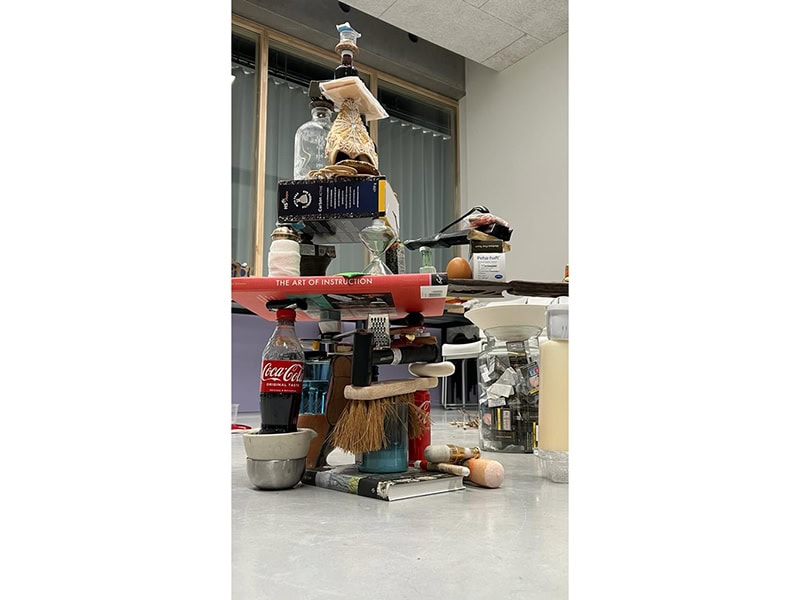
The workshops often focused inward, encouraging students to discover themselves, to find themselves as creators, in almost ceremonial activities. (MASieraad even has its own Decalogue, its 10 commandments. The founders devised them from several years of meetings and conversations about what the current educational system in the field of contemporary jewelry lacks. See them here.)
In this multidisciplinary and diverse program, the atmosphere expanded the boundaries for understanding the jewelry profession. This was definitely not just another master’s program. Rather, it’s the beginning of a movement, like the Bauhaus or Vkhutemas.[1] Peters recalls that Nedda El-Asmar, who represented PXL-MAD School of Arts Hasselt in selecting applicants, said, ”Here, you feel the energy of the Royal College of Art in London in 1990!”[2]
How was MASieraad organized?
The first student cohort’s program directors were the designer duo BLESS.[3] Education took place at the Sandberg Institute, and all processes and methodology were under control of the duo. However, different teachers conducted activities. The graduation projects were not just jewelry pieces but were accompanied by art projects. There was a podcast by Margaret Munchheimer, and a real art-house series of films by Marilyn Volkman that reflected on the program. After the first graduating class, the program moved to PXL-MAD School of Arts Hasselt, where it was fully under the control of the founders.
The entire academic year was divided into three parts, each of which was taught jointly by two teachers: a founder and a co-teacher. The latter was generally younger, with a completely different perspective and approach. So there was no Big Boss, but instead a huge number of opinions, a dialogue between generations. For the second cohort, Noten paired up with the jewelry artist Kalkidan Hoex, Peters with the jewelry designer Estela Saez-Vilanova, and Bakker with the Dutch art and design theorist Louise Schouwenberg. Bakker usually worked with students in the beginning of the academic year. He admits that he enjoys the state when they are “very insecure, very uncertain,” as their minds are flexible and as soft as a piece of clay, so as a creator you can do anything with them!

An important part of the program was the theoretical workshop, called Discourse. It involved trips to museums, galleries, and artist studios, as well as lectures, readings, writing courses, and discussions. Liesbeth den Besten led it, with workshops by Mònica Gaspar, Alena Alexandrova, Ben Lignel, Ben van der Wal, and Pravu Mazumdar. One of the Discourse assignments involved the students making a presentation about the meaning of gold in their country of origin. This demonstrated how gold can hold various meanings, from crime to holiness, from street to palace, from conflict to connection.

The final thesis, so often feared by practice-oriented students, could take very unconventional turns. PXL itself encouraged students to experiment with its form.

For his thesis, Bahat produced a 16-page newspaper as a manifesto about the power of artists and their moral responsibility in a hyper-globalized society. Bahat reflects on the fine line between contemporary ethics, cultural correctness, and the discrimination which could be born out of it, providing a five-step guide for the artist to avoid separatism and connect us all:
- Avoid essentialism, avoid identity of place
- Avoid ownership
- Be free
- Be respectful
- Imagine tomorrow
Many assignments and exercises focused deeply on the students, and they in turn created very touching and candid projects. Jana Brevick, by the end of the assignment “Replicas and Derivations,” led by Bakker and Schouwenburg, created an apparatus called Electric Broomstick. The workshop stimulated students to come up with a replica of a product and to reflect on it by making as many derivations of it as possible. Toward the end, students began realizing that their derivations slowly became an original new product.
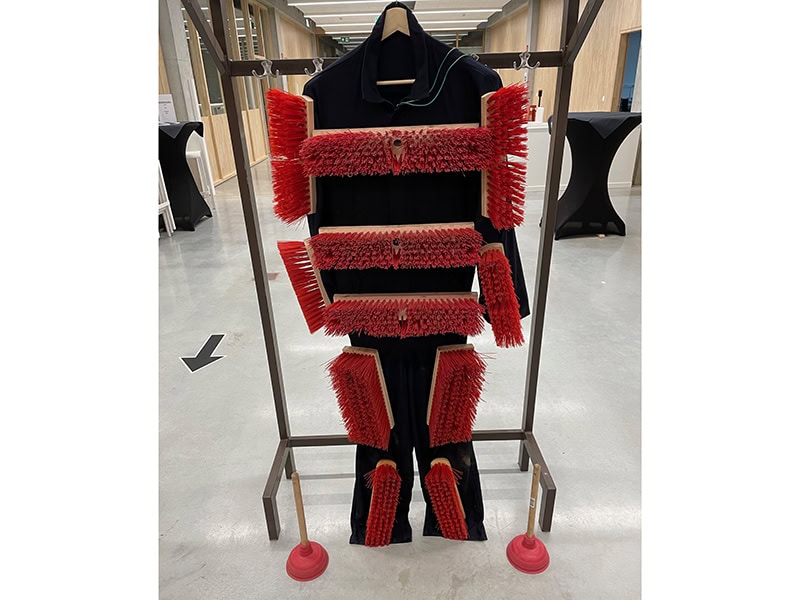
Brevick wore Electric Broomstick to travel and work, to understand her grief after the death of her mother. Watch a video of the performance she did to go with the apparatus here.
Diana Kirdeeva’s final project is an installation of objects made in wax. All of them—raw, rugged—are covered with the author’s fingerprints. The installation is dedicated to an episode from Diana’s childhood when her grandfather lost his finger. This made him unable to do something he cherished: playing the accordion. This project was selected for the Talente Masters of the Future 2025 exhibition.
Jeannette Knigge’s final research focused on the question of how our identity is built and the place of art jewelry in this matter. Can it be a part of a performative act? We see here a dialogue similar to Lauren Kalman’s approach.

MASieraad bears fruit
Initially, the founders considered handing the reins of the program over to the graduates at some point, but they instead decided that graduates need to start something of their own.
In 2023 and 2024, the students organized an exhibition of their works as part of Munich’s jewelry week. In November 2024, Bahat and fellow alumnus Daniel Jirkovsky founded the studio annex exhibition space and living space The WearHouse, located in the center of Amsterdam, which organized a show during Munich Jewellery Week 2025.
Over the course of five years, MASieraad has graduated 25 students from various fields, hailing from different continents. Why won’t it continue as a master’s program? Because it doesn’t need to be one.
Freedom, direction, concept, perseverance, courage, delight, rigor, reinforcement—these are just a few of the words alumni associate MASieraad with.
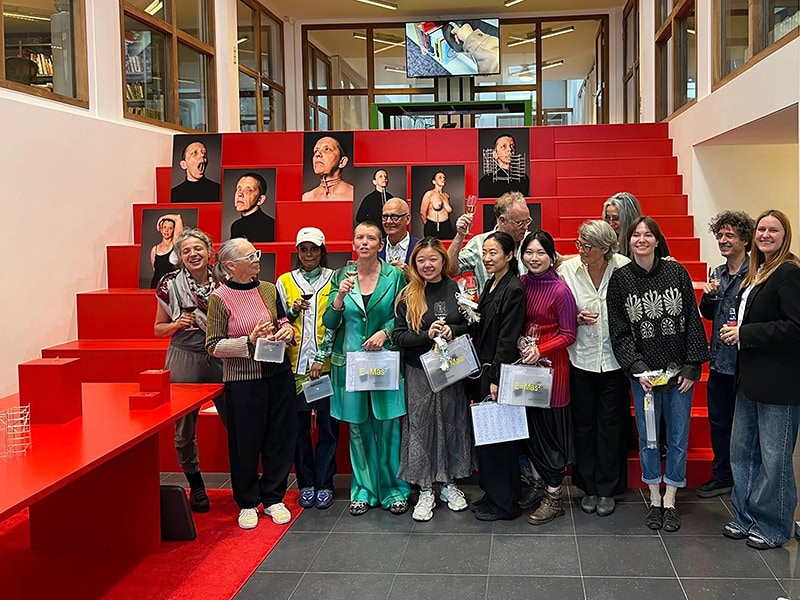
Now, a new member has joined the board—Chequita Nahar. And the board is looking for more new people, people who are not necessarily jewelers, who are ready to invent, implement, and contribute to the development of contemporary jewelry. “We are open to people who want to inspire others, create events,” says den Besten.
In February 2025, a platform meeting, open to the public, facilitated a networking session with founders, alumni, and others. In November 2025, during Obsessed, the platform will host a second public event. In 2026, a special spring school session will take place in Ravenstein. If the strange workshops and unconventional methodology described here haven’t scared you off, but instead inspired you, now is the perfect time to try to join!
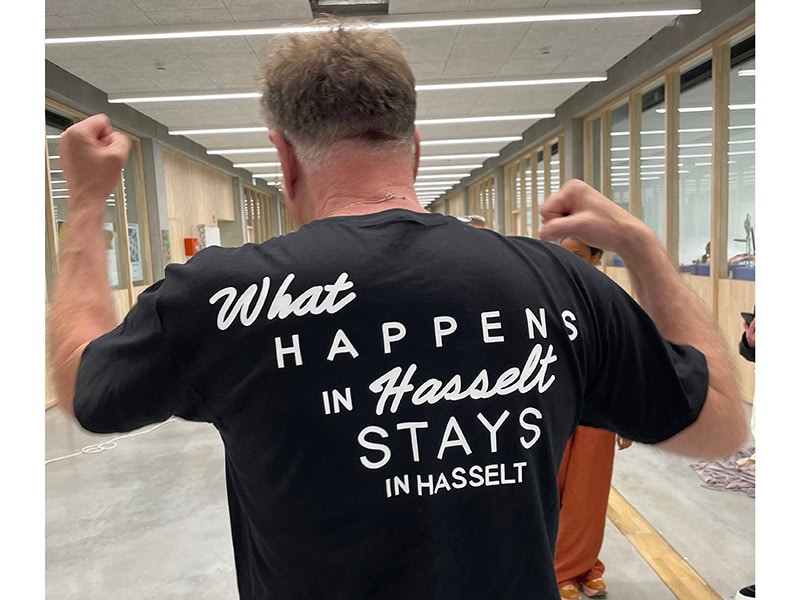
P.S.
This text contains perhaps 5% of everything I’ve learned from interviewing people involved with MASieraad. The materials of our dialogues are carefully preserved and will—I believe—be published one day. I want to express my deep gratitude to the interviewees for providing me with insights and thoughts to reflect on. They include the founders, and MASieraad graduates of different years: Eva van Kempen, Margaret Munchheimer, Into Niilo, Yotam Bahat, Daniel Jirkovsky, Ana Escobar Saavedra, Meeree Lee, Jana Brevick, Jeannette Knigge, and Mengying Sun.
We welcome your comments on our publishing, and will publish letters that engage with our articles in a thoughtful and polite manner. Please submit letters to the editor electronically; do so here. The page on which we publish Letters to the Editor is here.
© 2025 Art Jewelry Forum. All rights reserved. Content may not be reproduced in whole or in part without permission. For reprint permission, contact info (at) artjewelryforum (dot) org
[1] Both were revolutionary movements in the 20th century that profoundly influenced the development of modern architecture, art, and design worldwide. Their vision on architecture, painting, and design still resonates today.
[2] This special time at the RCA is significant due to the appearance of the Young British Artists (YBA) group. Among them are RCA graduates Tracey Emin and Chris Ofili. The YBA phenomenon directly influenced much of the contemporary art field in the UK, and made an impact on the Tate Modern, which later opened in 2000.
[3] BLESS is a transdisciplinary studio based in Paris and Berlin. It was founded in 1995 by Desiree Heiss and Ines Kaag. They work at the intersection of fashion, product design, and the gestural, focusing on creating everyday environments through practical, conceptual, and surreal objects. The studio defines itself as “an outspoken female” who “… tends to be future orientated.” https://bless-service.de.
